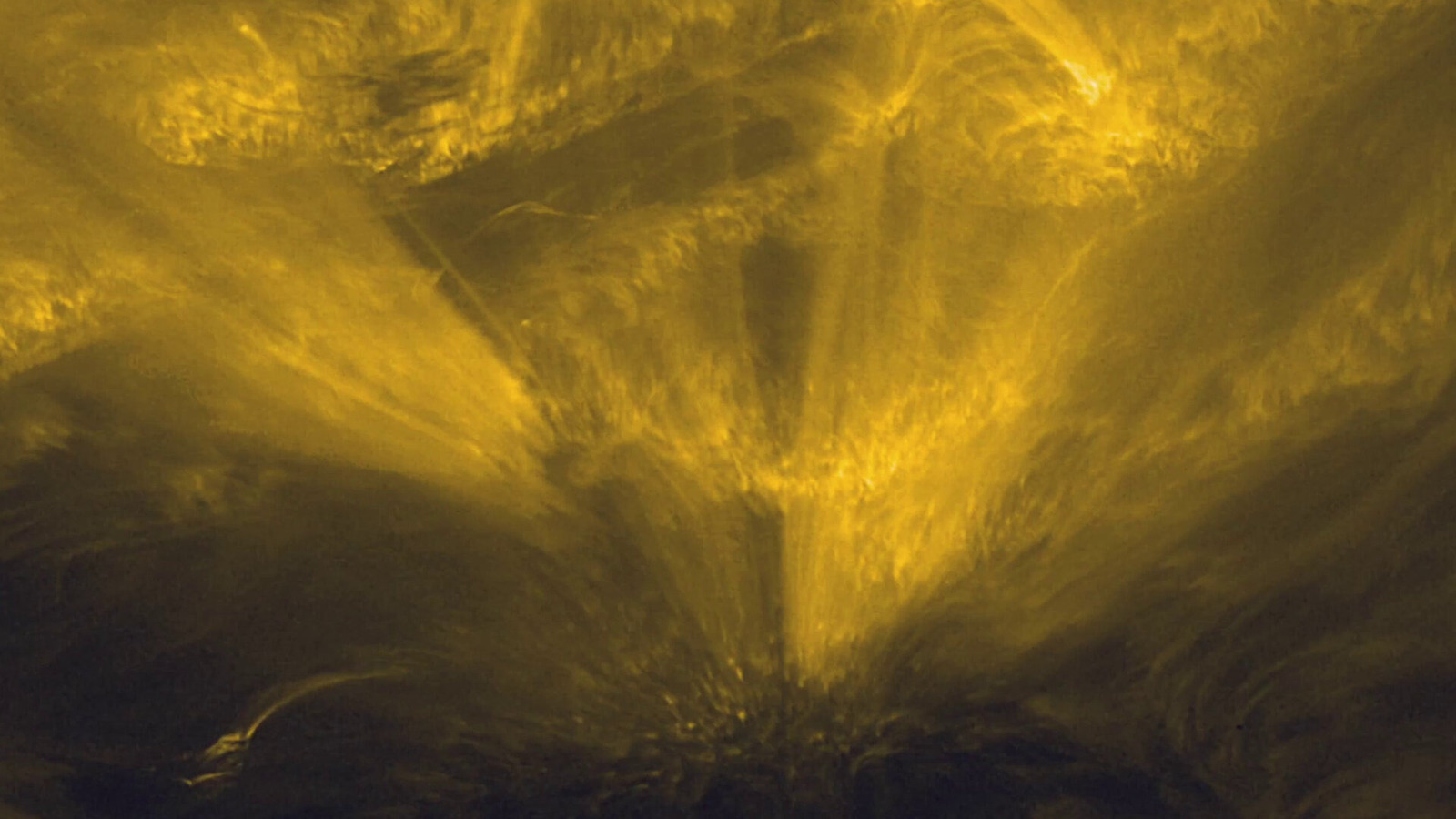
Other findings about the sun will help progress our understanding of space weather. When radiation from the sun speeds out through the solar system due to an event like a solar flare, it can have wide-range effects called space weather. This space weather can affect satellites here on Earth and can be dangerous to astronauts, so understanding and predicting it is important for future space projects (via NASA). Solar Orbiter was able to detect several coronal mass ejections — when the sun throws off large amounts of plasma in a particular direction — and so the team was able to predict when these would hit Earth. Around 18 hours after the coronal mass ejections occurred, they struck Earth as predicted.
Another finding was related to the huge area of charged particles that form a bubble around the sun — including the planets in our solar system and beyond — called the heliosphere. Using Solar Orbiter’s instruments, researchers were able to see where these particles were being produced. Now the researchers are focused on the next close pass to the sun that’ll happen in October 2022, during which Solar Orbiter will get even closer. “We are so thrilled with the quality of the data from our first perihelion,” said one of the Solar Orbiter project scientists, Daniel Müller of ESA. “It’s almost hard to believe that this is just the start of the mission. We are going to be very busy indeed.”
Stay connected with us on social media platform for instant update click here to join our Twitter, & Facebook
We are now on Telegram. Click here to join our channel (@TechiUpdate) and stay updated with the latest Technology headlines.
For all the latest Gaming News Click Here
